The 4-6-6-4 Challenger was the most successful articulated steam locomotive design.
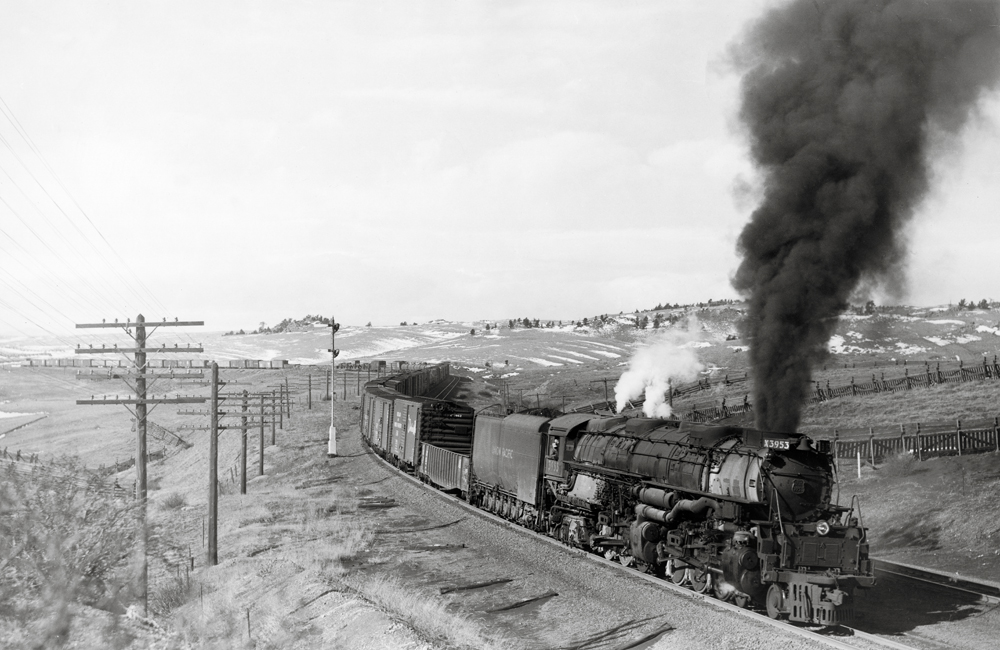
Rating steam locomotives is a risky business. You might easily compare engines by weight or length or lists of accessories, but actual performance — judged by the engineering standards of 2023 — is somewhat subjective. It would be an exaggeration to say the standard measurements of tractive force and horsepower were theoretical, but not by much. Take the simple articulated locomotive, widely considered to have reached its apogee in the Union Pacific 4-8-8-4 Big Boy of 1941 and the Chesapeake & Ohio 2-6-6-6 Allegheny of 1941, both of which set records for the way they combined speed and power. Were either of these “the best?” Partisans of both designs still argue the point 65 years after these locomotives were retired.
Perhaps a more meaningful assessment would be to rate an engine as “most successful,” still a subjective term but one that incorporates attributes beyond mechanical performance — advantages such as versatility, range of operation, and popularity among a variety of railroads. Measured that way, the title “most successful” would surely go to the Union Pacific 4-6-6-4 Challenger and several other railroads that deployed the wheel arrangement.
Already a leading carrier in the business of hauling fast freight, by the mid-1930s UP was looking to improve on what was considered the first truly heavy fast-freight engine, the 4-12-2 of 1926, a three-cylinder machine manufactured by Alco. Powerful as the 4-12-2 was — it was rated at 96,646 pounds of tractive force — its rigid wheelbase and difficulty managing tight curves reduced where it could run.
The answer was the 4-6-6-4 Challenger, devised by Alco’s engineers and UP Chief Mechanical Officer Otto Jabelman and featuring an unusually high power-to-weight ratio thanks to its large 132-square-foot grate area, boiler pressure of 280 psi, and relatively small 21 x 32-inch cylinders. The two articulated engines together could muster 97,352 pounds of tractive force and were regularly called upon to operate at speeds up to 70 mph.
The railroad introduced the 4-6-6-4 Challenger with an order for 15 engines in 1936, followed by four more orders 1937-1944, for a total of 105. All the Challengers featured most of the advances of the era, including one-piece cast frames and roller bearings on all axles. The use of 69-inch driving wheels made the Challenger truly a dual-service engine, suitable for use on passenger trains, notably the Portland Rose. Among the engines used in passenger service was No. 3976, painted in UP’s two-tone gray scheme with yellow striping and equipped with smoke deflectors.
A measure of the 4-6-6-4’s success is the fact that eight other railroads went on to acquire Challengers after the introduction of the type on UP. By comparison with UP’s 105 Challengers, the second-largest group was on Northern Pacific, 47 engines, acquired in three groups between 1936 and 1944. The NP engines were bigger and heavier than the UP versions, mostly because of the huge 152-square-foot fireboxes required for use of NP lineside supplies of lower-quality sub-bituminous coal. All the NP Challengers were later converted to oil.
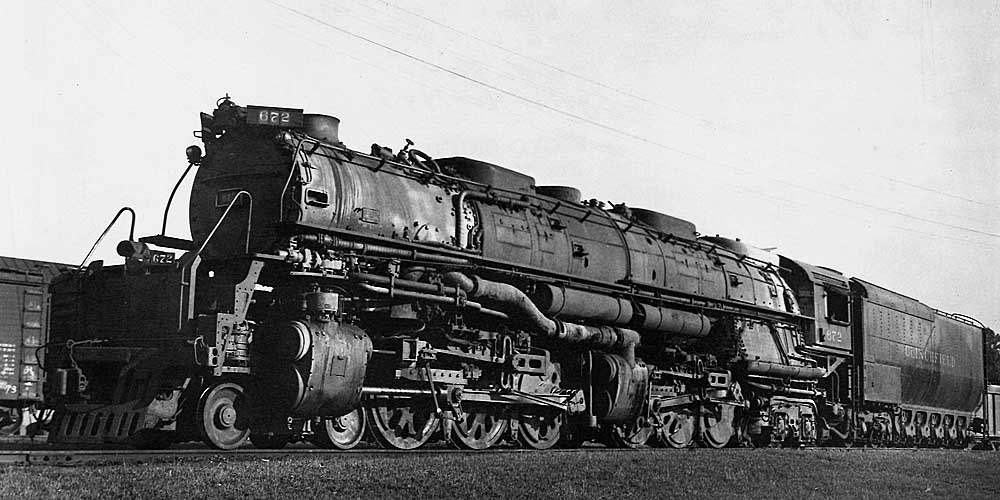
Other railroaders fielding Challengers included the Clinchfield, with 12 engines, six of them acquired second-hand; Delaware & Hudson, with 40; Denver & Rio Grande, with 21, six of which went to the Clinchfield; Spokane, Portland & Seattle with eight, two of which later went to Great Northern; Western Maryland, with 12; and Western Pacific, with seven. Nearly all the Challengers were built by Alco, with the exception of Baldwin engines on D&RGW and WP.
Of all the 252 Challengers manufactured in the U.S., only two survive, both of them UP engines. No. 3977 is on static display at Cody Park in North Platte, Neb. More famous is No. 3985, restored in 1982 for several years of excursion service on UP and moved in January 2023 to the new Railroading Heritage of Midwest America shops in Silvis, Ill., where plans call for a second restoration to steam.






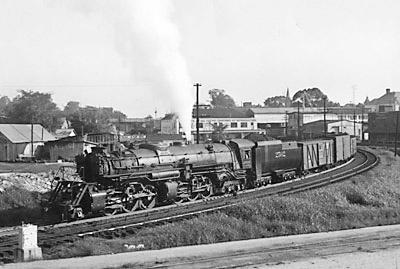
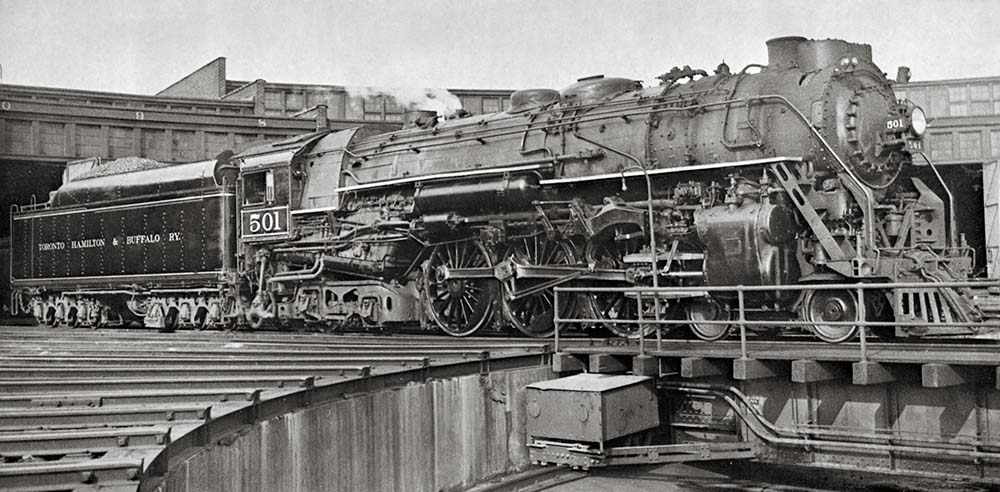

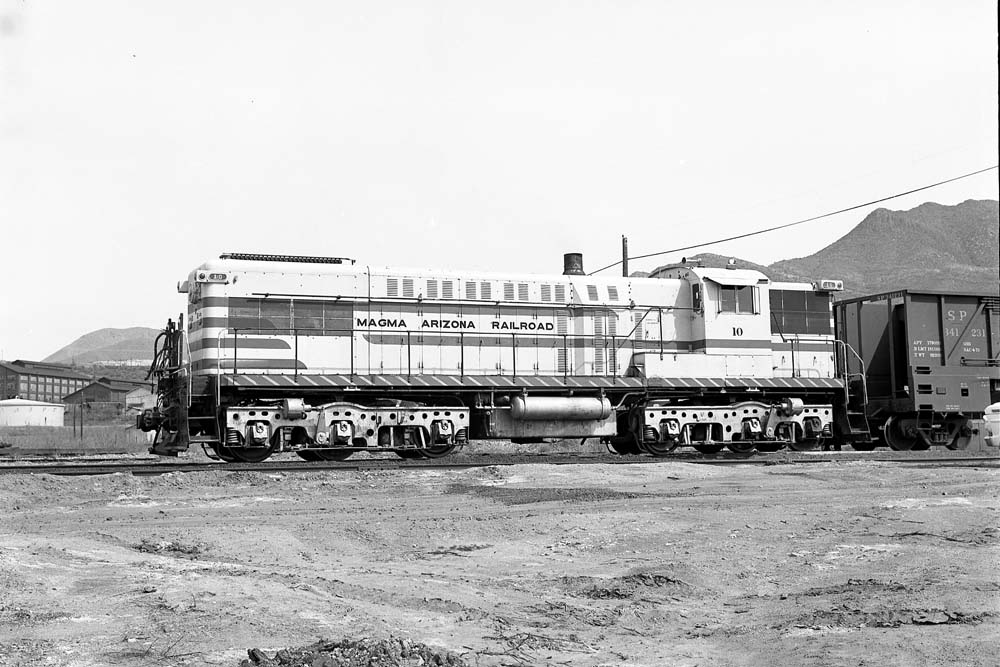




I have always been curious if these locomotives were designed specifically for the region they operated in. So would comparing locomotives even be worth the time? Would a UP Challenger perform as well as a different loco in a different region? Also, the Allegheny vs Big Boy argument is so tiring. The winner ultimately is UP for having a better marketing department.
The WM 4-6-6-4’s were also built by Baldwin. WM didn’t like them so at least on that RR they were likely not successful.
Most popular would be a better description and maybe better publicity too. The UP engines were not all that great, the D&RGW 4-6-6-4’s were certainly better. When the War Production Board made the Rio Grande take some UP design engines that road got rid of them as soon as possible. The Clinchfield would have better off with 2-8-8-2’s (it hauled coal). Some of these roads might have been better off with 2-10-4’s, almost equivalent power without the added weight and complexity of two units.
Nine railroads bought 252 Challengers.
Only four railroads bought the 2-6-6-4 for a total of 61.
I would say that makes the Challenger more successful!
Good article Kevin!
That is only more prolific. Which has nothing to do with successful!
Why am I not surprised to see you pandering to the UP crowd?
There is was not a “Challenger” built that was as successful as the N&W Class A! And, you didn’t even mention it! You just lost any credibility as a railroad journalist!
Jimmy Lisle
Ugghhhh